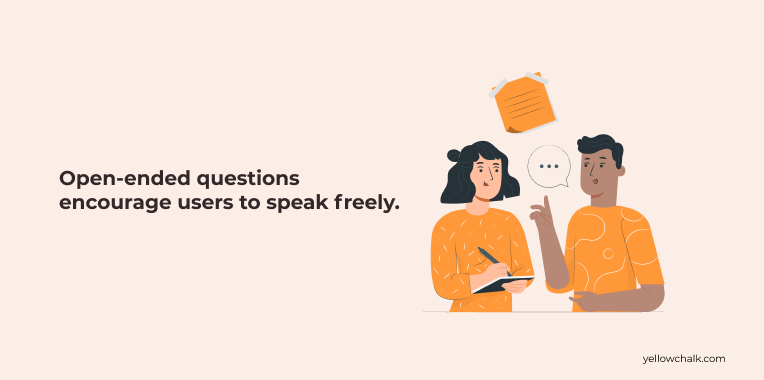GOT A UI/UX
DESIGN PROJECT?
Empathy: Stage 1 in UX Design

Any UX designer worth their salt will tell you that one of the most important and non-negotiable qualities you need as a UX designer is empathy.
Why is empathy so important? You might say that a designer’s skill set is more important as the higher the level of the skill, the better the design. But that’s not true.
Before we dive into why, let us have a look at the definition of empathy.
What Is Empathy?
Empathy is the ability to fully understand, mirror, then share another person’s expressions, needs, and motivations.
Empathy is important to UX because, as UX professionals, it is their job to advocate on behalf of our users. When UX designers are working on projects for users, it’s important for them to have the mindset of creating something that will solve user’s problems while also accommodating their needs.
The only way to truly understand your user and in turn design for them is only possible through empathy. It enables us to understand not only our users’ immediate frustrations, but also their hopes, fears, abilities, limitations, reasoning, and goals. It allows us to wholly understand the user and create solutions that will not only solve a need but effectively improve our users’ lives by removing unnecessary pain or friction.
Empathy as a Design Practice
A simple exercise to practice empathy would be to use a screen reader, blindfolded, instead of just designing an accessible website. Try it out in order to complete a task on your own website.
Your responses may be something like:
- “I am struggling to find my way around the site.”
- “This is much tougher than I thought it would be.”
- “I will advocate for the changes that need to be made.”
This simple exercise shows us how little it takes to get into the users’ shoes. What is harder is staying there throughout the design process. To do it, they must understand the user. Understanding our users means building empathy for human beings who experience the product or service we create.
So let us look at some ways you can practice empathy in design.
- Ask Open-Ended Questions

This is an extremely important aspect of creating designs that are empathetic. It is understood that empathetic design starts from good user research. While conducting your user research, make sure you are asking your user open-ended questions. Instead of asking them questions like ‘Did you have a good experience?’, maybe try asking them ‘What could be improved about the experience?’ or ‘Do you have any kind of inputs or feedback about your experience?’. This is necessary as users often reveal surprising mental models when they are encouraged to speak freely. This might also be something you haven’t thought of or considered. The good thing is that it will always work in your favor as you can use your learnings and apply them to your design.
- Accessibility as Priority

If you’re conducting your user research for a product which is used across ages, religions, and socio-economic classes but only selecting (for example) 17 year old teenagers from a privileged background for your focus groups, you will end up designing something that only youngsters can access.
Make accessibility a part of your user research plan. Make sure you get users from all age groups and as diverse a range of backgrounds as you can. It is also necessary to include differently-abled people in your research and you can reach out to different state and local bodies which can point you in the right direction.
- Invest in a Diverse Team

It is very important to recruit team members with a variety of backgrounds and from different demographics. This in itself will not guarantee empathy for users, but it is a good practice to take up. Diversity must go wide to include experiences, skills, and attitudes acquired and evolved over each employee’s lifetime — known as ‘acquired diversity.’ This kind of diversity will make sure that all projects and designs always speak for their users.
- Learn & Practice Humility

Adopting humility naturally improves your empathic behavior because it shows how you value others above yourself. It is also necessary to learn humility when you are a UX designer as the constant in-depth user research will always make you come up short about something you believed in firmly.
Admitting your own shortcomings takes a lot of courage but it’s necessary for forward motion with it comes to empathy in UX design.
Being able to do this means you have understood what is right for your users, rather than just for yourself.
Empathy is an emotion that can bring people together in a real and honest way. Empathy combined with user-centered design can change the way products work and are accessible to users around the world.
